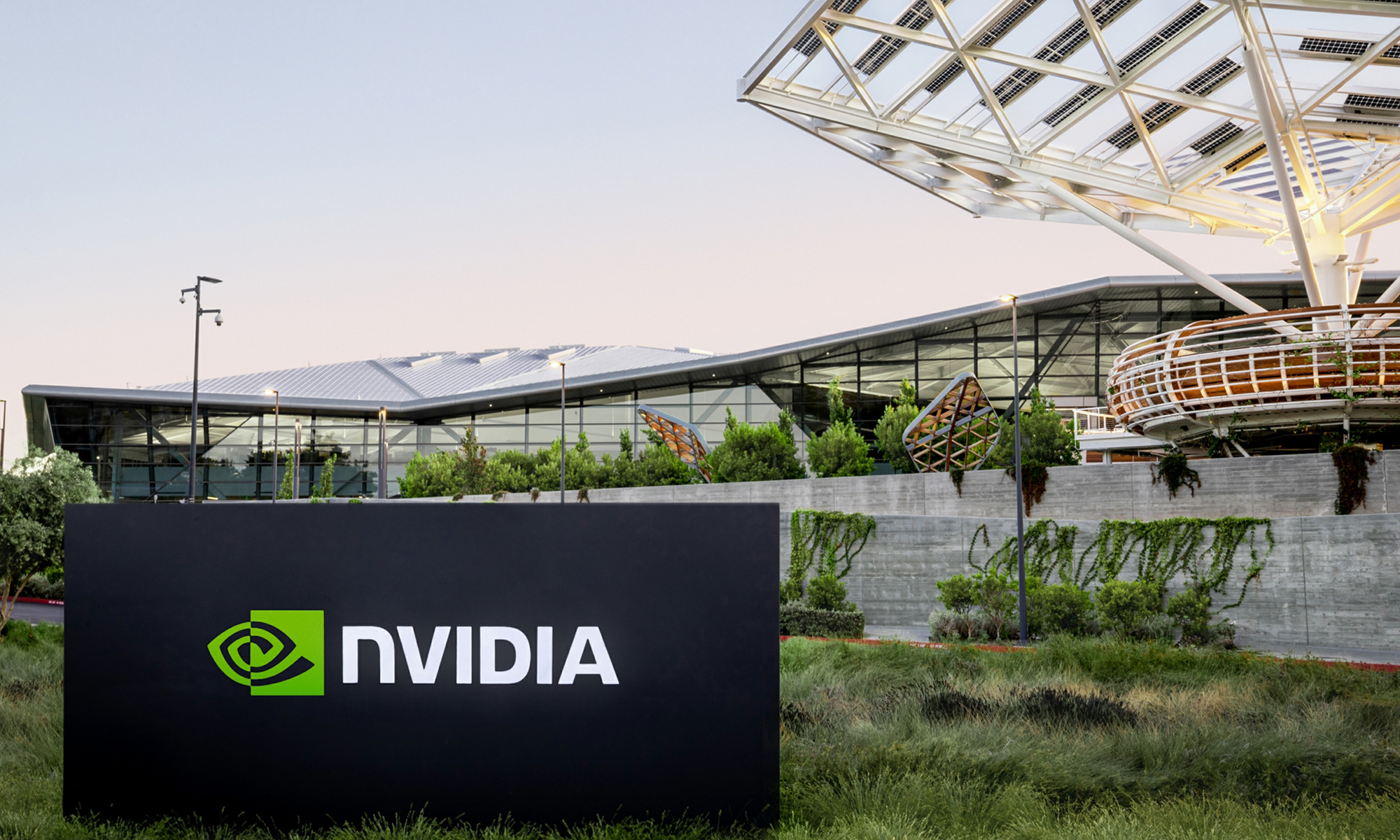Nvidia (NVDA 0.32%) is known for beating analysts' expectations quarter after quarter -- and the artificial intelligence (AI) chip giant continued along the path just this week when it announced soaring second-quarter revenue and profit. Still, that wasn't enough for investors as the stock slipped in after-hours trading following the report.
Though Nvidia continues to deliver explosive growth, its 56% increase in revenue is the slowest since the start of the AI boom. In the previous quarter, revenue climbed 69%, and the company has even delivered triple-digit quarterly and annual sales gains in recent years. On top of this, Nvidia's data center sales -- this includes the company's AI business, which is the biggest overall contributor to revenue -- came in just under analysts' estimates in the recent quarter. Nvidia reported $41.1 billion, lower than the $41.3 billion estimate, according to Bloomberg data.
All of this weighed on appetite for Nvidia shares, at least in the hours following the report. But, in investing, it's important to take a look at the full picture and focus on the long term before making any decisions. And considering this, here are two crucial things about Nvidia that some investors may be ignoring right now.

Image source: Getty Images.
Nvidia's growth throughout the AI boom
Before considering the following points, though, it's key to put Nvidia's growth into perspective. Yes, the company is delivering slower growth than it was in the earlier days of the AI revolution, and this is for one good reason: Then, Nvidia's comparison periods were much easier. The company started with lower AI demand and sales, and therefore, as need for AI computing power strengthened, revenue exploded higher. For example, in the second quarter of fiscal 2023, data center revenue totaled only $3.8 billion, then soared in the triple digits to more than $10 billion in the second quarter of the next year.
Today, demand and sales still are going strong -- but the percentage increases are lower because we're comparing them to recent quarters of very high revenue levels.
1. The AI opportunity ahead
So, now, it's critical to focus on the long-term AI opportunity, and here, there's reason to be very optimistic. Nvidia forecasts $3 trillion to $4 trillion in AI infrastructure spending by the end of the decade -- and this leading provider of the world's top-performing AI chips as well as a whole ecosystem of related products is perfectly positioned to benefit.
Nvidia chief Jensen Huang says the major cloud service providers have doubled capital spending in two years. And comments from these players, such as Alphabet, suggest the momentum will continue. Importantly, this is only part of the growth story as Nvidia also may gain as companies throughout industries and governments expand their presence in AI. Nvidia's leadership and wide range of AI offerings have made it the go-to place for AI, and its promise to update its chips annually should help it maintain this position.
All of this signals investors who hold onto Nvidia stock for years to come could score more wins ahead as the full AI story plays out.

NASDAQ: NVDA
Key Data Points
2. Nvidia's profitability on sales
Sales growth is great, but it's also important to turn those sales into profitability, and here, Nvidia has been hitting it out of the park quarter after quarter. We can see this through the company's gross margin, which has consistently remained above 70% -- even during periods of greater investment and expense such as the launch of the Blackwell architecture during the fourth quarter of the last fiscal year and in the early months of this fiscal year.
In fact, even as Nvidia took a billion-dollar charge earlier this year on chips it couldn't sell to China due to government restrictions, gross margin still exceeded 60%. (Excluding the charge, gross margin topped 71%.) In the recent quarter, Nvidia's gross margin topped 72%, and the company says it aims to finish the year with levels in the mid-70s on a non-GAAP (adjusted) basis.
All of this shows that Nvidia has what it takes to balance growth and profitability, a key strength that may ensure success for the company -- and its investors -- over the long term.







